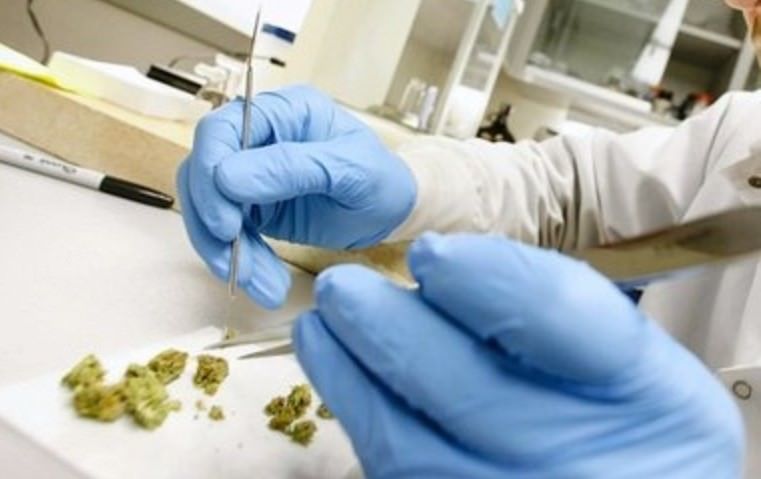
A new study of cannabis vape products from California collected during the vaping crisis of 2019 and 2020 underscored what many in the industry already know: The complexities of cannabis necessitate thorough analysis before product formulation manufacturing.
Production processes and delivery mechanisms can alter the product from its native state and cause undesirable consequences.
Standardized testing will help but might not resolve problems.
A group of researchers from the California Department of Public Health, led by Weihong Guo, embarked on the first study that evaluated differences in compounds between vape oil and the aerosol of the vape oil.
Researchers suggested the differences stemmed from “additional chemicals generated in the system and the strength of active contents.”
This is an important study because it was among the first to highlight differences in a sample’s components as a starting material and then as a finished product.
It is no surprise that customers run from one lab to another when test results are outside their anticipated range. Some refer to this as “laboratory shopping” while others simply look for the best testing operations.
Different labs are often contracted to test raw materials and then conduct subsequent testing after materials are formulated into finished products.
But labs are too often blamed for inadequate or faulty testing when there are actual discrepancies in results between the start and end of a product’s development process.
The California researchers illustrate the effects chemical reactions and the introduction of extraneous materials from the process mechanism on the finished product.
Realistically, this situation is beyond a potential remedy offered by state-run standardized testing.
The learning curve for entering the cannabis industry is steep. Start with the fundamentals.
MJBiz Cannabis 101 Email Course
A 10-part email course designed to educate new hires and aspiring professionals on the key fundamental areas of the legal cannabis industry, including:
- History of legal cannabis in America
- Overview of plant-touching + ancillary business sectors
- Cannabis finance and investing
- Cannabis marketing and brand building
- Employment + hiring opportunities
- And much more!
Gain a comprehensive understanding of this complex industry with this free resource.
Ideally, the product manufacturer should choose and develop a good working relationship with a single laboratory and provide that lab with raw materials.
This is particularly important when a new batch or lot is produced, which the lab should thoroughly characterize using appropriate and validated analytical methods.
The same lab should subsequently analyze any finished product. This sequence ensures an adequate comparison of the material first as an ingredient and then as a finished product.
Although the starting material can produce multiple batches using identical process or processes, manufacturers should assume that the validity of that material’s characteristics is limited to that specific batch or lot.
All subsequent batches/lots should be submitted independently for full analysis.
Further, whenever the starting material has been processed (for example, oil extracted from the plant), the full process should be disclosed to the laboratory, thus providing the laboratory staff with (often critical) supplemental information necessary to effectively characterize the product.
Although standardized test methods and state-sanctioned standardized testing represent movement in the right direction, an open relationship between product manufacturers and laboratories is best positioned to avert future product-based crises, while also minimizing discord when laboratory test results are outside the manufacturer’s expectations.
Susan Audino, who holds a doctorate in chemistry, is a chemistry consultant and instructor for the American Association for Laboratory Accreditation. She is based in Delaware.





